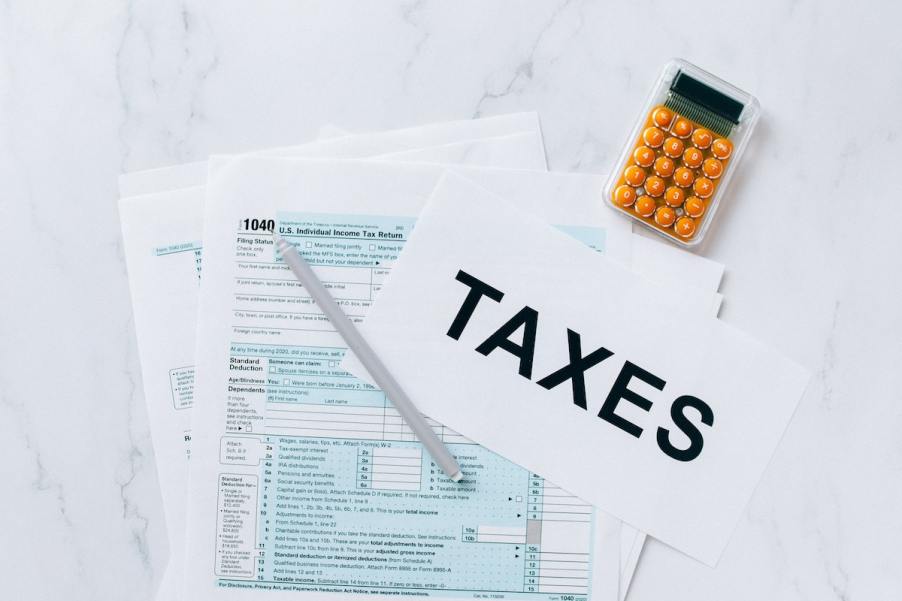Another school year brings in a sense of excitement and anticipation, especially if your son or daughter is reaching the end of the high school years. Sophomore and junior years bring about the high-stakes testing known as the ACT and the SAT along with choices for college or vocational/technical training. Before you know it, October 1 of senior year has rolled around. This date is quite important since the new FAFSA form (Free Application for Federal Student Aid) is launched at that time. Ideally, this is when you should fill out the form online so as to take advantage of the financial aid that’s available for colleges or accredited vocational schools and to avoid hitting the June 30 FAFSA deadline. As you start this process, there are some mishaps you’ll need to avoid along the way to prevent delays in your child receiving aid. Here are some common pitfalls to steer clear of.

Missing some of the necessary documents
Having a social security number close by might be easy to remember. However, when you start filling out the form without gathering all the other necessary information beforehand, you risk making errors that delay the process of determining eligibility and the amount of aid that will be granted. Thus, along with your and your child’s social security number, you will need to gather the following documents on hand as you fill out the FAFSA application:
- Federal Income Tax Returns, W2s, and other forms that reflect your income
- Investment records (if applicable)
- Bank statements
- Records of untaxed income (if applicable)
- An FSA ID written down so as be able to add your electronic signature at the end
Another important tip is to allow the IRS Data Retrieval Tool to access your tax information. This tool is extremely secure, and it adds our income tax information to the FAFSA form, which saves time and helps to avoid mistakes.

Mixing up your FSA ID with your child’s FSA ID
The FSA ID (Federal Student Aid Identification) allows both parents and children to access the FAFSA form online. In fact, setting up the FSA ID for both parties is one of the first things you do when you set up the account on the Student Aid website. It consists of your own username and password, but your student will also have to set up his or her own username and password as well. This can be done during the same session of setting up the account. However, when each of you have established your own unique FSA IDs, you and your child should write your own information down and keep them separate from each other. The rationale behind setting up your own FSA IDs relates to the following factors:
- The FSA ID serves as that person’s electronic signature
- You can’t use the same FSA ID or the same phone number or email address to receive status updates and requests for additional information
- You’ll use the same FSA IDs again to renew your FAFSA application
In other words, the contact information that you provide will have to apply to your FSA ID only just like your child’s cell phone number and email address will only pertain to his or her FSA ID. When each of you safeguard your own ID, you’ll be less likely to mix them up.
Trying to go it alone instead of asking for help
If you start on the FAFSA form, and you find that you have more questions than answers, then it’s time to enlist some help. Again, you’re trying to avoid delays and missed deadlines by steering clear of mistakes on the form.
There are two options you can take. One of them is to call the FAFSA Hotline which is 1-800-433-3243. You can choose to chat with a representative online, but in some (luckily not many) cases, the rep might not get back to you promptly. When contacting the hotline, you are guaranteed to speak to a live person who can talk you through the process from start to finish.
You can also employ a FAFSA preparer, which is a person who is paid to fill out the form. The fee comes in around $99 and might vary depending on the complexity of the information that you provide. Regardless of the fee, hiring a preparer will pay off by saving time and alleviating stress by avoiding error messages that direct you to go back to the form to make corrections. In turn, you won’t have to worry about delays or having to resend your tax information.
One final tip to keep in mind is to remember to renew your FAFSA form for each new school year. Often, you will receive emailed reminders with a link to your application. Likewise, you will still use the same FSA ID that you had set up initially, and your child will do the same. So, it’s important to keep your separate FSA IDs in a safe place to renew the form. Once you’ve gone through the renewal once or twice, the process does get easier, and you’ll experience less stress.




